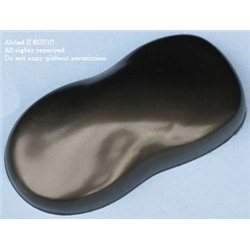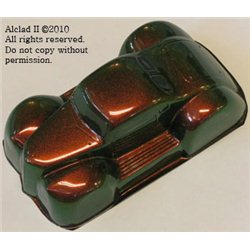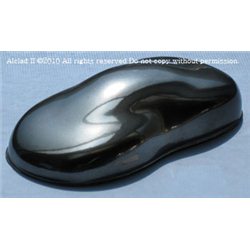There are a number of different options for attaching figures such as a horse and rider to a layout. Perhaps the...
No products
Product successfully added to your shopping cart
There are 0 items in your cart. There is 1 item in your cart.
Search Tips
What are lacquer paints?
Lacquer paints refer to a type of paint that is formulated with lacquer as the primary binder or vehicle. Lacquer paints have several characteristics that make them popular for use in scale modeling:
1. Quick drying: Lacquer paints dry very quickly, usually within minutes, due to the rapid evaporation of the solvents used in the lacquer binder. This allows modelers to apply multiple coats in a short time frame.
2. Glossy finish: Lacquer paints typically produce a high-gloss, smooth finish when properly applied, which is desirable for replicating the appearance of real-life vehicles, aircraft, and other subjects.
3. Compatibility: Lacquer paints can be applied over various surfaces, including plastic, resin, and metal, which are common materials used in scale models.
4. Thinning and cleanup: Lacquer paints can be thinned and cleaned up using lacquer thinners or solvents, making them easy to work with and adjust the consistency as needed.
5. Availability: Lacquer paints are widely available in various colors and formulations specifically designed for model painting, offered by brands like Tamiya, Mr. Color, Alclad and others.
However, it's important to note that lacquer paints can be more challenging to work with due to their quick-drying nature and the need for proper ventilation when spraying or brushing them. Additionally, some modelers prefer to use alternative paint types, such as acrylics or enamels, for their specific properties and preferences.
Click here to receive the tips weekly in your mailbox. You can unsubscribe at any time.










